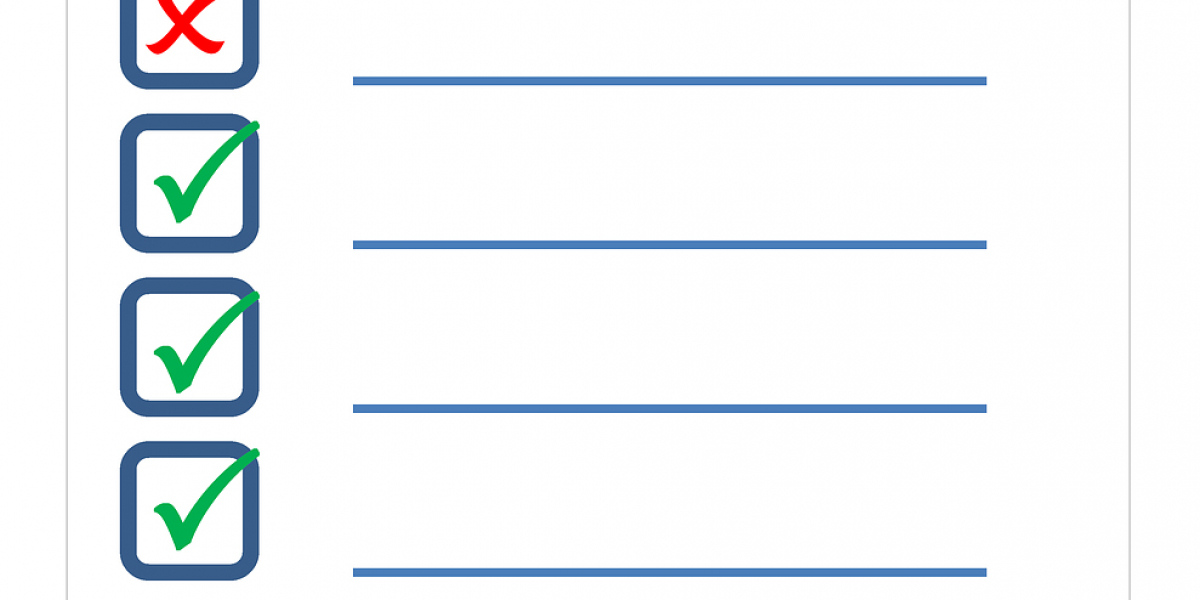Plant shutdowns are essential for maintenance, repair, and operational upgrades in manufacturing and processing facilities. However, they also pose significant risks, including extended downtimes, safety hazards, and increased costs if not managed efficiently. This is why a well-crafted plant shutdown checklist is vital to ensuring the entire process runs smoothly, complies with industry requirements, and leverages the latest trends in safety and efficiency.
In this article, we’ll dive into the modern trends shaping plant shutdown checklists, explore industry requirements, and provide a comprehensive checklist that can help you orchestrate your next plant shutdown without a hitch.
Get Started in Minutes — No Coding Required! |
https://axonator.com/request-for-demo/
The Evolution of Plant Shutdowns: Key Trends in 2024
1. Digital Transformation and Real-Time Monitoring
As more industries embrace digitalization, traditional plant shutdown procedures are being transformed by technology. Digital checklists are replacing paper-based systems, allowing for real-time updates, collaboration, and instant data access. By integrating digital solutions, shutdown managers can monitor progress in real time, track equipment maintenance, and adjust schedules based on current data.
One of the most significant trends is the use of IoT sensors, which provide continuous feedback on the condition of machinery and equipment. This allows for predictive maintenance — ensuring components are replaced or repaired before they cause unplanned downtime during the shutdown.
2. Predictive Maintenance Over Reactive Maintenance
The rise of predictive maintenance technology has dramatically reduced the likelihood of unexpected breakdowns during plant shutdowns. Instead of reacting to equipment failures, companies are now leveraging AI and machine learning to predict when equipment will need repairs or replacement. This trend allows shutdown managers to plan more effectively and avoid last-minute disruptions.
3. Safety and Compliance First
Safety remains the top priority during plant shutdowns, with new trends focusing on advanced personal protective equipment (PPE) and remote safety monitoring technologies. Modern PPE is now integrated with sensors that monitor workers’ conditions and environments. Meanwhile, remote safety monitoring systems can oversee operations, ensuring that compliance and safety protocols are followed without the need for constant human supervision.
4. Sustainability and Environmental Concerns
Sustainability has become a driving force in industrial operations, and plant shutdowns are no exception. Environmental concerns now influence every step of the shutdown process, from waste management to energy efficiency. Companies are increasingly seeking ways to reduce their environmental footprint during shutdowns, employing eco-friendly methods and minimizing resource consumption. This trend also extends to the materials and processes used in maintenance and upgrades.
Industry Requirements: What to Keep in Mind
Plant shutdowns are governed by industry-specific regulations and safety standards. Failing to adhere to these requirements can result in penalties, equipment damage, or unsafe working conditions. Here are the key industry requirements to consider when planning a plant shutdown:
1. Occupational Safety and Health Administration (OSHA) Compliance
In the U.S., OSHA regulations set strict guidelines for plant shutdowns, particularly regarding safety, equipment handling, and worker protection. Compliance with OSHA is non-negotiable, and failure to do so can result in hefty fines. OSHA mandates include lockout/tagout procedures, hazard communication standards, and confined space entry protocols.
2. International Organization for Standardization (ISO) Standards
ISO standards, such as ISO 45001 for occupational health and safety and ISO 14001 for environmental management, are crucial during plant shutdowns. These standards ensure a consistent, efficient, and safe approach to managing shutdown processes. Compliance with ISO standards also demonstrates a company’s commitment to safety, quality, and sustainability, which is particularly important for businesses with global operations.
3. Environmental Protection Agency (EPA) Guidelines
Shutdowns often involve hazardous materials, making EPA guidelines crucial. The EPA enforces regulations on waste management, air quality, and water pollution. Ensure that your shutdown procedures include proper disposal of hazardous materials, minimizing environmental risks, and staying compliant with local and federal environmental laws.
4. Industry-Specific Requirements
Different industries may have specific shutdown requirements. For example, the chemical and petrochemical industries are subject to Process Safety Management (PSM) standards, which aim to prevent accidental releases of hazardous substances. Be sure to consult industry-specific regulations to avoid costly errors and ensure safety.
Learn More | https://axonator.com/artifact/facility-closure-checklist/
Comprehensive Plant Shutdown Checklist
To manage a plant shutdown effectively, use this comprehensive checklist based on the latest trends and industry requirements:
Pre-Shutdown Phase
Create a Shutdown Plan:
- Define shutdown goals (maintenance, upgrades, inspection).
- Identify key stakeholders (management, engineers, safety teams).
- Establish a detailed timeline and resource allocation.
Risk Assessment:
- Conduct a full risk assessment for equipment and operations.
- Identify potential hazards (machinery malfunctions, chemical spills).
- Mitigate risks by preparing safety protocols.
Compliance Check:
- Ensure all shutdown activities comply with OSHA, ISO, and EPA guidelines.
- Review industry-specific regulations for additional compliance.
Inventory Supplies and Equipment:
- Order spare parts, PPE, and maintenance equipment ahead of time.
- Use predictive maintenance data to ensure the necessary equipment is on hand.
Shutdown Execution Phase
Implement Lockout/Tagout Procedures:
- Shut down all machinery and energy sources safely.
- Verify that lockout/tagout protocols are followed to prevent accidental startups.
Monitor Real-Time Data:
- Use IoT sensors and digital checklists to track equipment status and safety measures.
- Adjust schedules and resources based on real-time feedback.
Ensure Worker Safety:
- Provide workers with modern PPE integrated with sensors for monitoring.
- Conduct regular safety checks and monitor remote areas via cameras and drones.
Maintenance and Repairs:
- Perform predictive maintenance tasks according to the pre-established plan.
- Replace or repair equipment before it causes costly downtime.
Post-Shutdown Phase
Inspect Equipment and Test Systems:
- Test all repaired or upgraded systems to ensure they meet operational standards.
- Use predictive maintenance tools to check for future risks.
Environmental Compliance:
- Dispose of hazardous materials according to EPA guidelines.
- Monitor emissions and waste management procedures.
Document Shutdown Process:
- Maintain detailed records of the shutdown process for future reference.
- Evaluate performance and identify areas for improvement.
Conduct a Post-Shutdown Review:
- Hold a debrief with stakeholders to assess success and potential improvements.
- Implement lessons learned into future shutdown plans.
Conclusion
As plant shutdowns become more complex and technology-driven, the importance of a well-planned and thorough checklist cannot be overstated. By integrating the latest trends such as predictive maintenance, real-time monitoring, and sustainability efforts, while adhering to strict industry regulations, companies can execute shutdowns more efficiently, minimize risks, and reduce costs. Keep this comprehensive checklist on hand to ensure your next plant shutdown is a success.
About Axonator Inc:
At Axonator, Our vision is simple yet powerful: to enable the world on mobile. We envision a future where every aspect of business and society is seamlessly connected through mobile devices. Our mission is to empower businesses worldwide to leverage the full potential of mobile technology, transforming the way they operate, communicate, and collaborate.
Contact:
Axonator Inc (The World On Mobile)
Austin, TX, USA
USA: +1–716–274–8885
India: +91–8600–032–635
Email: support@axonator.com
Website: https://axonator.com/

![Home Safes Market Share, Trends, Key Drivers [2032]](https://f002.backblazeb2.com/file/yoosocial/upload/photos/2024/05/BaGxvhosQIFU8XynBLpv_29_edfb9d053c134ec6f73b3dd45decfd17_image.jpg)







